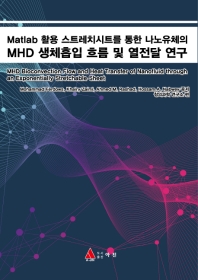
Simulink 활용 디젤 엔진 SCR 시스템에서 암모니아 커버리지 비율 및 입력 동시 추정을 위한 입자 필터연구
- 저자
- Kangfeng Sun
- 출판사
- 아진
- 출판일
- 2020-06-20
- 등록일
- 2022-10-05
- 파일포맷
- EPUB
- 파일크기
- 8MB
- 공급사
- 교보문고
- 지원기기
- PC PHONE TABLET 프로그램 수동설치 뷰어프로그램 설치 안내
책소개
As NOx emissions legislation for Diesel-engines is becoming more stringent than
ever before, an aftertreatment system has been widely used in many countries.
Specifically, to reduce the NOx emissions, a selective catalytic reduction(SCR)
system has become one of the most promising techniques for Diesel-engine vehicle
applications. In the SCR system, input ammonia concentration and ammonia
coverage ratio are regarded as essential states in the control-oriental model.
Currently, an ammonia sensor placed before the SCR Can is a good strategy for
the input ammonia concentration value. However, physical sensor would increase
the SCR system cost and the ammonia coverage ratio information cannot be
directly measured by physical sensor. Aiming to tackle this problem, an observer
based on particle filter(PF) is investigated to estimate the input ammonia
concentration and ammonia coverage ratio. Simulation results through the
experimentally-validated full vehicle simulator cX-Emission show that the
performance of observer based on PF is outstanding, and the estimation error is
very small.





